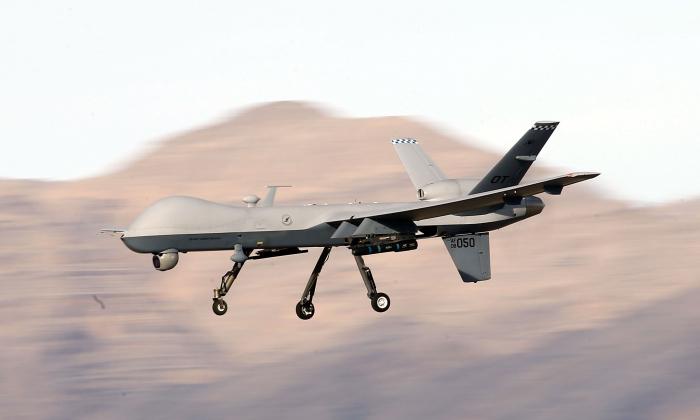No, Yemen isn’t Disney World. It is one of those “s…hole” countries like “Carjackistan” somewhere near the end of the world where unknown peoples fight (and kill) each other usually out of sight of the civilized world.
And, in which, the United States wants to avoid being involved.
Some Background
Yemen lies in the southwestern edge of the Arabian Peninsula. The second largest state on the peninsula, it had a population over 28 million before the current fighting. History is the chaotic combination of independent tribal groups overlaid by Ottoman and British Empire 19th and 20th century competition (the Brits needed a coaling station for warships).The region divided into “north” and “south” Yemen before uniting in 1990. Governance was a complex balance between tribal and political allegiances and saw the creation of Al Qaeda in the Arabian Peninsula (AQAP), adding Islamic radicalism to the conflict.
The current breakdown was prompted by the then-Yemen president’s effort to extend his authority indefinitely. Some of the rebellion was prompted and accentuated by “Arab Spring” pressures for greater democracy. Concurrently, U.S. aircraft and drones hit various Al Qaeda facilities, attempting (with little effect) to blunt their operations. The pro-U.S. president was ousted in 2011, but his successor (Hadi) has retained U.S. support.
Current Realities
What was conceived as a quick, neat intervention by the coalition to reconstitute the legitimate government failed. The Saudis and coalition members (including implicitly the United States) are learning again that suppressing rebels is akin to draining a swamp filled with alligators. Unwilling to commit ground forces (body bags are expensive in domestic politics), the coalition has attempted to bomb and starve the rebels into submission.Again, the learning process: bombing, even with U.S. intelligence/targeting doesn’t occupy the ground—and the Iranian-supplied missiles Houthis are firing at Saudi targets are devilishly hard to find in the mountains. Moreover, erroneous targeting, e.g., a school bus full of children, generates worse publicity than successful strikes against concealed missiles. The world hears of the errors (BBC is on the spot) but not of any success.
Nor has blockade, i.e., starvation, worked either. To be sure, the Yemenites have starved but not necessarily the rebel combatants. Rebels can live on bile and spleen. The invidious consequences for civilians, however, have prompted international human rights advocates to lament with typical global lamentation, that it is the worst such crisis since…whatever/whenever.
Or to supplement such cries to cease-and-desist with “analysis” from agencies such as “Save the Children” that 85,00 children may have died from starvation since the beginning of the war.
The Saudis, in bad odor internationally, are already struggling with the ramifications of the gruesome killing of Washington Post contributing columnist Jamal Khashoggi and fighting off charges that Saudi’s de facto leader, Crown Prince Mohammed bin Salman was directly involved. They need the Yemen quagmire like a drowning man needs to be thrown an anchor.
So now the effort is directed toward “diplomacy.” Senior U.S. officials, who have been steadily distancing themselves from the military side of the Coalition’s efforts, called for a “truce” by end of November. Subsequently, the UN interlocutor, Martin Griffiths, has (ostensibly) arranged for the warring sides (including Iran) to begin peace talks in Stockholm—by year’s end.
- At this point, the Iranians are the winners having gained a seat at peace negotiations with low/no cost support for anti-Saudi Houthis rebels.
- The Saudis are big losers having converted a swamp into a sewer with no plumber in sight;
- And the United States just wants “out” without abandoning Saudi/coalition.





